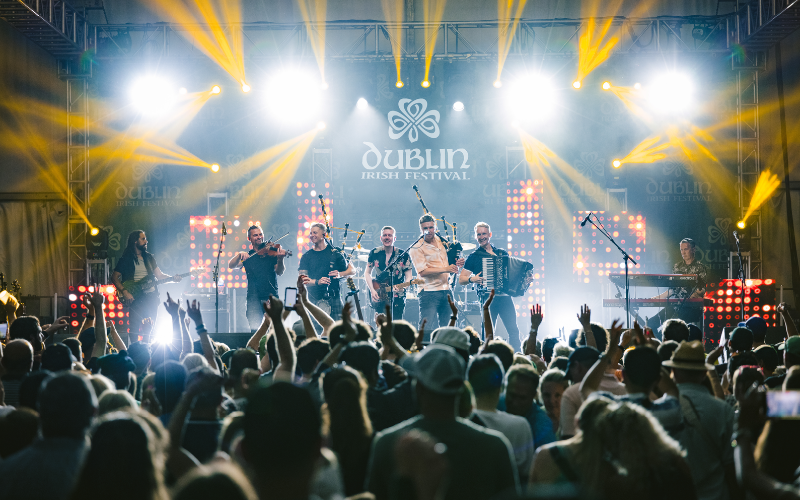Richard Hennessy from Cork was a member of the Wild Geese, the 18th Century Irish expatriates who scattered to the four winds because of the anti-Catholic persecution of the penal laws.
Hennessy made his home in France where he fought against the British at the Battle of Fontenoy and later created the Hennessy cognac distillery in 1765, 250 years ago this year.
Seven generations later Hennessy cognac sells 50 million bottles a year and has become one of the world's greatest brands, especially since its merger in 1971 with Moët & Chandon. The Hennessy name is still associated with the brand, with the seventh generation of the Hennessy clan, Maurice Richard, still playing a leading role.
Bernard Peillon, the CEO of the company, says the Irish roots still run very deep.
“The first thing you are told about our roots is that Hennessy is a very Irish company. I have an office portrait of Richard Hennessy. Every time I raise my eyes, I have him looking over me,” he says.
The Irish angle has continued in America with Jim Clerkin, president and CEO of Moët Hennessy USA, a proud son of Cp. Down who has added greatly to the Hennessy success story in America.
What I didn't know until recently was that Hennessy also played a part in the historic meeting between George Washington and French hero the Marquis de Lafayette who sailed to America’s aid during the War of Independence aboard L'Hermione, his battleship that is one of the most famous ships of all time.
Hennessy witnessed L'Hermione leave for America, and as a present to the brave new colonies fighting for independence he loaded two barrels of Hennessy on board.
Thus it was 250 year later I found myself on a perfect summer’s night last week along with Clerkin at Mount Vernon, Washington’s famous home, in company with luminaries such as Supreme Court Justices Antonin Scalia and Stephen Breyer, several cabinet officers and French dignitaries including Ségolène Royal, the French minister for ecology, celebrating the French/American friendship.
L’Hermione, a replica of the original, lay anchored out on the Potomac. After a six week trans-Atlantic journey, Lafayette's liberty ship arrived in Yorktown, Virginia, on June 5 and in Mount Vernon shortly afterwards.
Lafayette was only 19 when he first served Washington in 1777. He returned to France to seek arms and men for the revolution.
At the time the French minister Monsieur Gerard at Philadelphia, wrote ahead to the government in Paris, “You know how little inclined I am to flattery, but I cannot resist saying that the prudent, courageous, and amiable conduct of the Marquis de Lafayette has made him the idol of the Congress, the army, and the people of America.”
Lafayette came back to America on L'Hermione with good tidings for Washington that French help was on the way.
For the seriously demoralized American troops it was the greatest news imaginable.
L’Hermione subsequently took part in many of the major sea battles and the eventual defeat of the British.
Lafayette went home a hero and had an amazing career in French politics, and came back to America in 1824 to a hero's welcome.
When American soldiers entered the First World War they are said to have gathered in large numbers at the grave of Lafayette in Paris where he is buried under Bunker Hill soil to announce they had come to repay their debt to him.
The Moët-Hennessy night was a wonderful reenactment and replenishment of all the ties that bond the French and Americans. As dusk fell and the mighty Potomac was once again home to L'Hermione, it was hard not to again imagine and be enthralled by the great historical figures of that period and their determination on behalf of democracy.
A special night indeed.




Comments